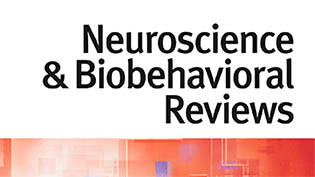Graph Convolutional Networks Reveal Network-Level Functional Dysconnectivity in Schizophrenia
*Authors: Du Lei, Kun Qin, Walter HL Pinaya, Jonathan Young, Therese van Amelsvoort, Machteld Marcelis, Gary Donohoe, David O. Mothersill, Aiden Corvin, Sandra Vieira, Su Lui, Cristina Scarpazza, Celso Arango, Ed Bullmore, Qiyong Gong, Philip McGuire, Andrea Mechelli *
Journal: Schizophrenia Bulletin
Abstract:
Background and hypothesis: Schizophrenia is increasingly understood as a disorder of brain dysconnectivity. Recently, graph-based approaches such as graph convolutional network (GCN) have been leveraged to explore complex pairwise similarities in imaging features among brain regions, which can reveal abstract and complex relationships within brain networks.
Study design: We used GCN to investigate topological abnormalities of functional brain networks in schizophrenia. Resting-state functional magnetic resonance imaging data were acquired from 505 individuals with schizophrenia and 907 controls across 6 sites. Whole-brain functional connectivity matrix was extracted for each individual. We examined the performance of GCN relative to support vector machine (SVM), extracted the most salient regions contributing to both classification models, investigated the topological profiles of identified salient regions, and explored correlation between nodal topological properties of each salient region and severity of symptom.
Study results: GCN enabled nominally higher classification accuracy (85.8%) compared with SVM (80.9%). Based on the saliency map, the most discriminative brain regions were located in a distributed network including striatal areas (ie, putamen, pallidum, and caudate) and the amygdala. Significant differences in the nodal efficiency of bilateral putamen and pallidum between patients and controls and its correlations with negative symptoms were detected in post hoc analysis.
Conclusions: The present study demonstrates that GCN allows classification of schizophrenia at the individual level with high accuracy, indicating a promising direction for detection of individual patients with schizophrenia. Functional topological deficits of striatal areas may represent a focal neural deficit of negative symptomatology in schizophrenia.
